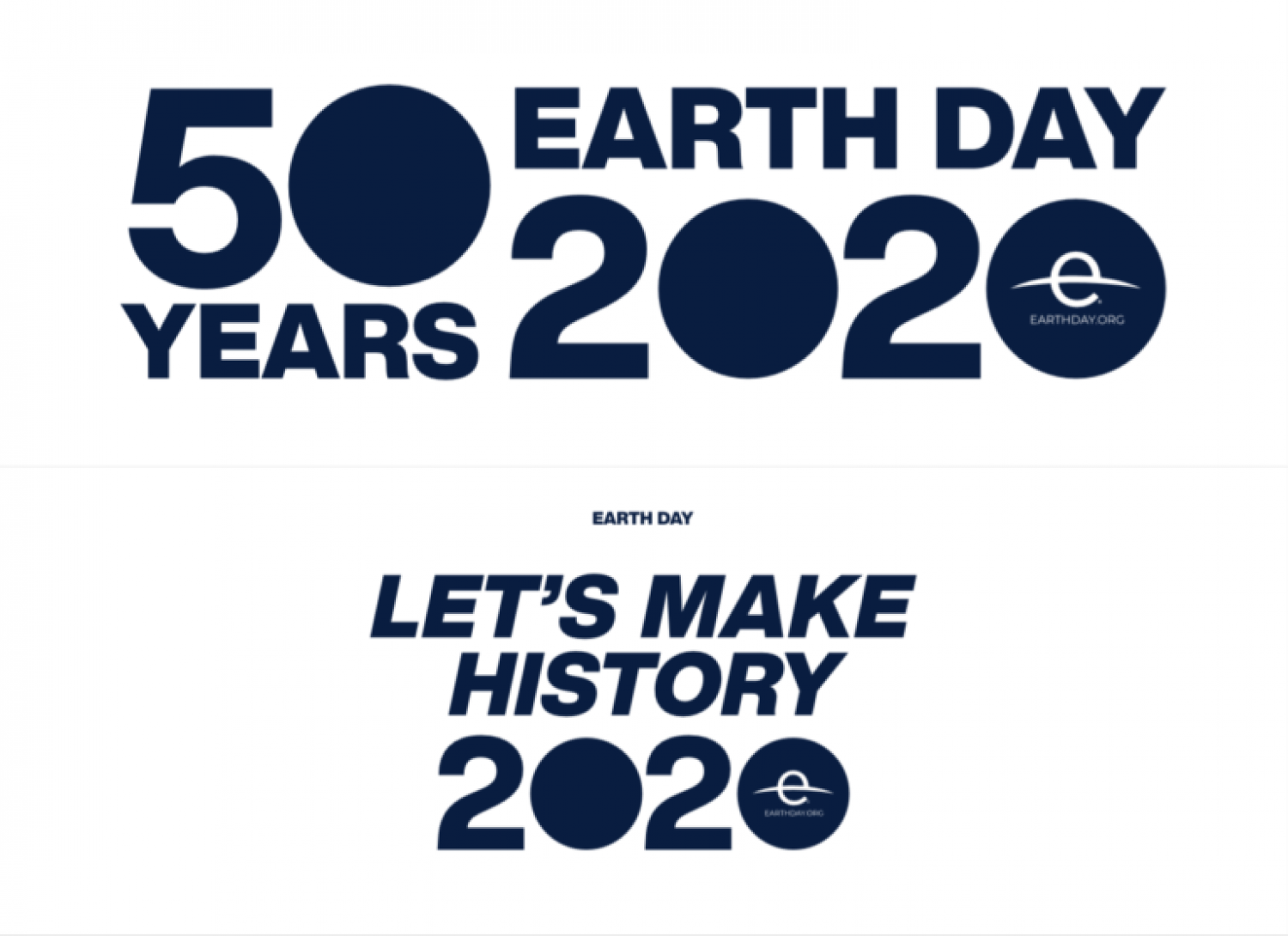
On April 22nd 1970, 20 million Americans took to the streets, parks and auditoriums to demonstrate for a healthy, sustainable environment in massive coast-to-coast rallies. Spearhead by Senator Nelson, after witnessing the ravages of the 1969 Santa Barbara oil spill, the first Earth Day protests forced environmental protection onto the national political agenda and led to the creation of the United States Environmental Protection Agency and the passing of key environmental legislation.
Today, Earth Day is widely recognised as the largest secular observance in the world, marked by more than a billion people every year as a day of action to change human behaviour and provoke policy changes. Now, the fight for a clean environment continues with increasing urgency, as the devastating effects of climate change become more and more apparent every day.
2020 marks the 50th anniversary of Earth Day. To acknowledge this milestone, Elsevier presents an open access special issue devoted to sustainability. Covering a range of topics, including energy, food science, transportation and waste, this curated collection of 50 journal articles and book chapters demonstrates the dependability and care that trusted scientific research gives our society
Sustainability at Elsevier is embedded across the entire organisation - internally and externally. By investing in world-class information, partnerships, technology and people, we equip communities with the knowledge that drives critical decision making and innovation to tackle the world's greatest problems.
Plastics to Energy: Fuel, Chemicals, and Sustainability Implications, 2019, Pages 21-44
Separation Science and Technology, Volume 11, 2019, Pages 1-12
Competition for Water Resources: Experiences and Management Approaches in the US and Europe, 2017, Pages 19-35
Plastics to Energy, 2019, Pages 469-505
Biodiversity of Pantepui: The Pristine “Lost World” of the Neotropical Guiana Highlands, 2019, Pages 403-417
One Earth, Volume 2, 21 February 2020
Approximately 1 billion people currently live in informal settlements, primarily in urban areas in low- and middle-income countries. Informal settlements are defined by poor-quality houses or shacks built outside formal laws and regulations. Most informal settlements lack piped water or adequate provision for sanitation, drainage, and public services. Many are on dangerous sites because their inhabitants have a higher chance of avoiding eviction. This paper considers how to build resilience to the impacts of climate change in informal settlements.
Reference Module in Earth Systems and Environmental Sciences, Volume 4: Encyclopedia of Ecology (Second Edition), 2019, Pages 344-351
Nuclear Engineering: A Conceptual Introduction to Nuclear Power, 2018, Pages 379-407
Cheetahs: Biology and Conservation, 2018, Pages 251-263
Processing and Sustainability of Beverages, Volume 2: The Science of Beverages, 2019, Pages 1-36
Sustainable Food Supply Chains: Planning, Design, and Control through Interdisciplinary Methodologies, 2019, Pages 249-260
Sustainable Technologies for Fashion and Textiles, 2020, Pages 311-326
Sustainable Urban Mobility Pathways: Policies, Institutions, and Coalitions for Low Carbon Transportation in Emerging Countries, 2019, Pages 23-63
Renewable Energy, Volume 154, July 2020
Pathways towards a defossilated sustainable power system for West Africa within the time horizon of 2015–2050 is researched, by applying linear optimisation modelling to determine the cost optimal generation mix to meet the demand based on assumed costs and technologies in 5-year intervals. Six scenarios were developed, which aimed at examining the impact of various policy constraints such as cross-border electricity trade and greenhouse gas emissions costs.
Energy Reports, Volume 1, 1 November 2015
This paper attempts to investigate the impact of economic growth and CO2 emissions on energy consumption for a global panel of 58 countries using dynamic panel data model estimated by means of the Generalized Method of Moments (GMM) for the period 1990-2012. We also estimate this relationship for three regional panels; namely, from Europe and North Asia, Latin America and Caribbean, and Sub-Saharan, North African and Middle Eastern. The empirical evidence indicates significant positive impact of CO2 emissions on energy consumption for four global panels.
Progress in Disaster Science, Volume 1, May 2019
The “build back better” (BBB) approach to disaster recovery was first introduced in 2006 by the United Nations Secretary-General's Special Envoy for Tsunami Recovery, former US President William Clinton. In 2015, BBB became the second half of Priority 4 of the Sendai Framework for Disaster Risk Reduction 2015–2030, in recognition of its widespread use and adoption among disaster risk management practitioners, policy-makers, and researchers.
City and Environment Interactions, Volume 1, September 2019
Air pollution and climate change are key global challenges for cities and both have large impacts on human health and economic development. Although there are many long term opportunities to address these issues with integrated policies, the immediate needs of addressing air pollution and climate change mitigation are not the same for all countries in the short run.
City and Environment Interactions, Volume 3, November 2019
As global temperatures continue to rise, questions about infrastructure capacity to keep up with energy demand are increasingly germane. Energy demand is mediated by several structural and environmental conditions, though we have a limited understanding about the role of differences in local ambient temperatures as a predictor for energy demand. This study assesses the effects of residential building structure, socio-demographics, and ambient temperature conditions of a neighborhood to overall energy expenditures of a household.
Current Directions in Water Scarcity Research, Volume 2, 2019, Pages 195-210
Current Directions in Water Scarcity Research, Volume 2, 2019, Pages 311-323
